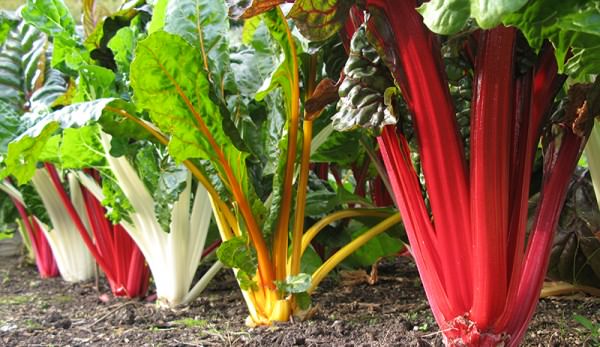
Although most gardeners don’t think of mid-summer as a great time to plant vegetables, it certainly is. Yes, our tomatoes, peppers and eggplants have already found a home in the veggie patch weeks ago, but there are plenty of crops that can be planted right now. These goodies will either be harvested before the first frost of the season, or with a little extra care, some can even be enjoyed throughout the winter months if you practice succession planting.
Succession planting is the practice of sowing second (and even third) plantings of a crop in the garden. When spring-grown lettuce has bolted or early root crops, like radishes, have been tugged from the soil, empty rows can be filled with succession crops.
Here are a few tips for successful mid-season succession planting.
- Sow a row of carrot seeds after onions have been harvested. Be sure to keep the seedlings well-watered throughout the hot summer months. Either use all the carrots by the time winter arrives, or choose a variety that’s been bred for overwintering. If you plan to overwinter the roots, mulch them well with straw as soon as the temperatures start to drop.
- When shell and snap peas have finished producing, pull the plants and sow a fast-maturing variety of bush beans in their place. These beans will provide plenty of fresh pods before fall frosts arrive and will be growing off the breeding cycle of the Mexican bean beetle. Mid-summer bean crops are less likely to suffer extensive damage from this pest.
- Bolted lettuce is a favorite of our hens. After I pull the plants, I plant turnips in their place. This root crop is best planted mid- to late-summer as the first few fall frosts sweeten the roots and make them even tastier. The greens can also be used in the kitchen. We enjoy them sautéed with a bit of olive oil, salt and pepper.
- After the potato crop has been dug and stored, use the area to plant a fall crop of broccoli or cabbage. Toss a little compost into the area and set out nursery-grown or homegrown transplants. Miniature-headed varieties of cabbage can even be grown from seed.
- Sow seeds of kale or chard where spring crops of cabbage, kohlrabi and other cole crops once grew. These greens are easily grown from seed and selecting varieties with shorter maturation dates means you’ll have plenty of greens until frost and even beyond.
- After all the spring-sown radishes have been harvested, toss in the seeds of some heat-tolerant greens, such as orach, New Zealand spinach and purslane. These easy-to-grow, summer-friendly greens are not just unusual, they’re delicious!
- Spring spinach plants will be finished producing by late June. To fill in the blank they leave behind, sow annual herbs, like caraway, anise and dill, in their place. These herbs not only make tasty additions to summer salads and omelets, they also produce flowers that are attractive to a broad diversity of pollinators and other beneficial insects.




One reply on “7 Tips For Succession Planting This Summer”
[…] way to avoid the super harvest is by employing a succession-planting strategy. Rather than planting several single-determinate crops all at once, consider several small […]